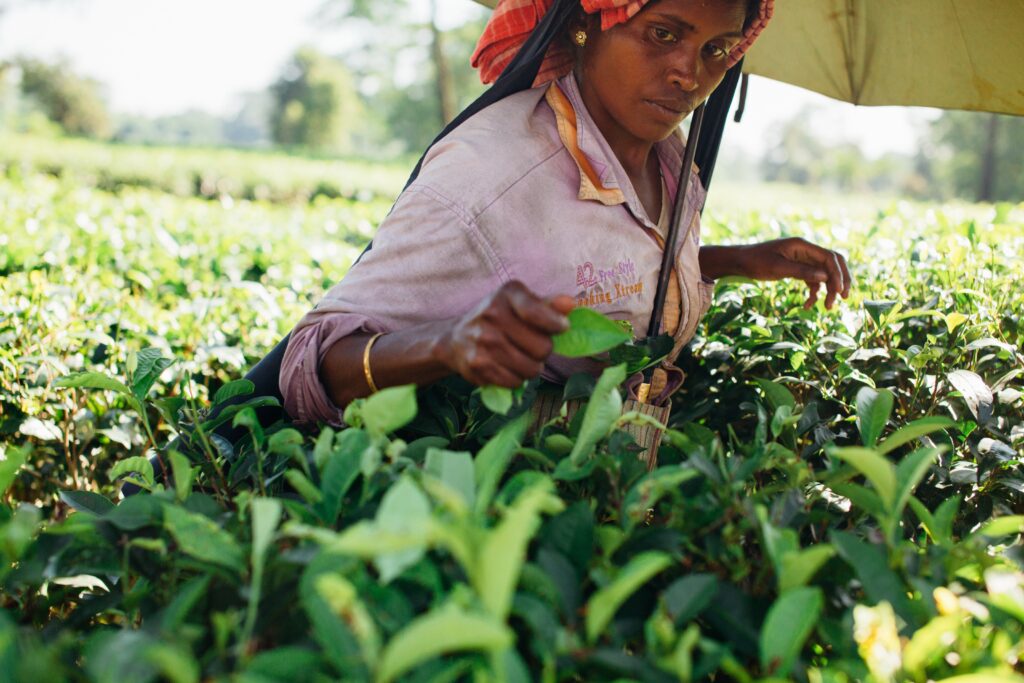
The benefits of responsible sourcing are well known. Today, the question most organizations have is not why they should ensure sustainable and responsible sourcing, but how. What is the best approach to responsible sourcing? Responsible sourcing is hardly one size fits all. According to Gartner, “there’s a variety of approaches…

















